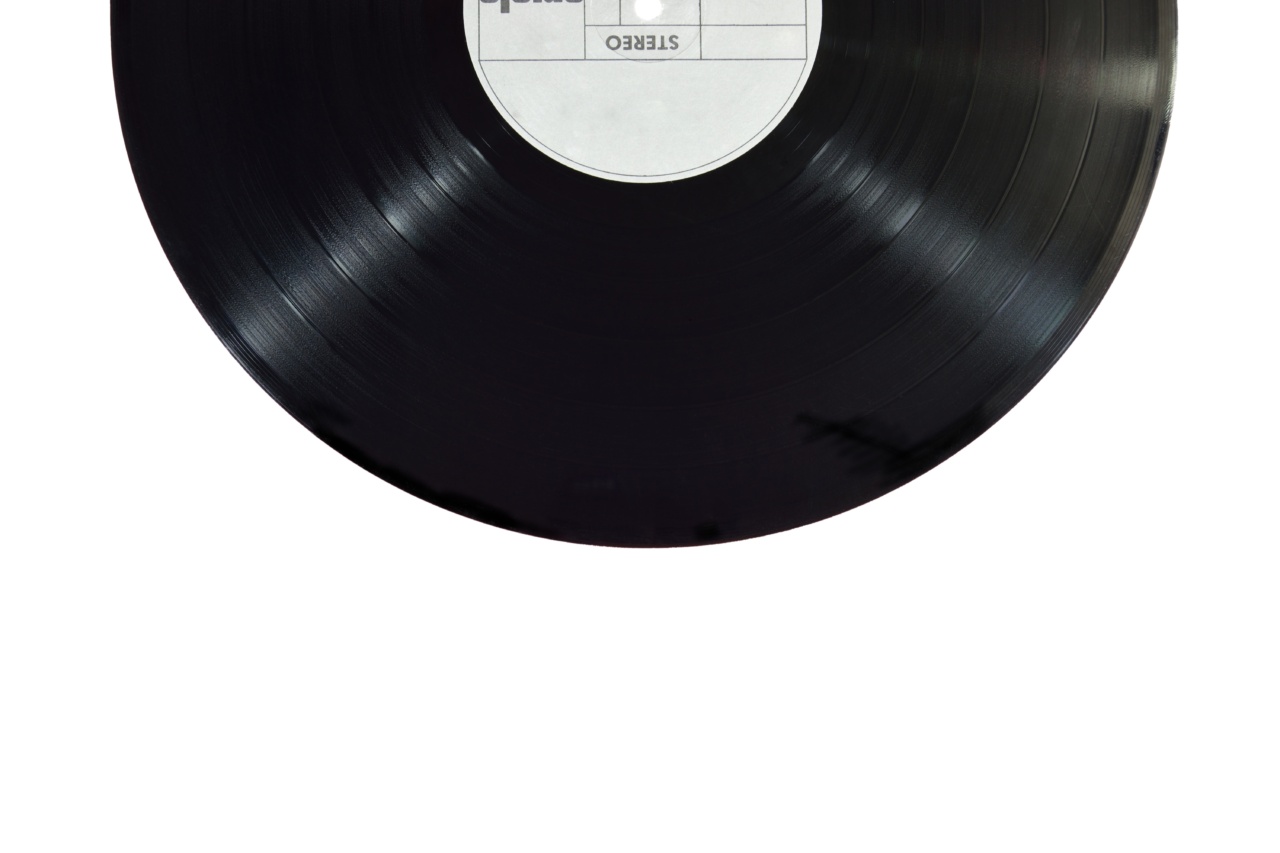The human spinal column is made up of 33 bones called vertebrae. In between each vertebra is a cushion-like structure called a disc. These discs act as shock absorbers and help to distribute pressure throughout the spine.
Each disc is composed of an outer layer called the annulus fibrosus and an inner layer called the nucleus pulposus.
When a disc is healthy, the nucleus pulposus is soft and pliable, enabling the disc to cushion and absorb shock as the spine moves.
However, when the annulus fibrosus is weakened or damaged, the nucleus pulposus can bulge or even break through the outer layer of the disc. This is known as a herniated or slipped disc.
Causes of Disc Problems
Disc problems can be caused by a variety of factors, including:.
- Age: As we age, our discs can degenerate and lose their flexibility
- Injury: A sudden blow to the spine or ongoing stress from heavy lifting or physical activity can cause damage to the annulus fibrosus
- Genetics: Some people may be born with disc defects or abnormal disc shapes which can increase their risk of disc problems as they age
- Lifestyle: Sedentary lifestyle, obesity, and poor posture can cause extra stress on the spine and discs
- Smoking: Smoking can impede blood flow to the discs, leading to a higher risk of disc problems
Symptoms of Disc Problems
Disc problems can cause a range of symptoms, depending on the location and severity of the problem. Some common symptoms of disc problems include:.
- Pain: Disc problems can cause both localized pain in the neck or back, or pain that radiates down the arms or legs
- Numbness or tingling: A herniated disc can put pressure on the nerves that run through the spine, leading to numbness or tingling in the arms or legs
- Muscle weakness: If a disc problem puts pressure on a nerve that controls a muscle group, it can cause weakness or even temporary paralysis of that muscle group
- Loss of bladder or bowel control: This is a rare but serious symptom that can result from a herniated disc putting pressure on the nerves that control bowel and bladder function. This requires immediate medical attention.
Treatment of Disc Problems
Disc problems can often be treated with non-invasive measures, such as:.
- Physical therapy: Targeted exercises and stretches can help to relieve pressure on the spine and encourage disc healing
- Hot or cold therapy: Applying heat or ice to the affected area can help to reduce inflammation and pain
- Anti-inflammatory medication: Over-the-counter or prescription medication can help to reduce inflammation and relieve pain associated with disc problems
- Rest: Taking a break from physical activity can help to reduce stress on the spine and encourage healing
In some cases, surgery may be necessary to repair or remove a damaged disc. This is typically reserved for cases where non-invasive measures have been unsuccessful or where the disc problem is causing significant disruption to daily life.
Preventing Disc Problems
While some disc problems may be unavoidable, there are steps you can take to reduce your risk of developing disc problems:.































